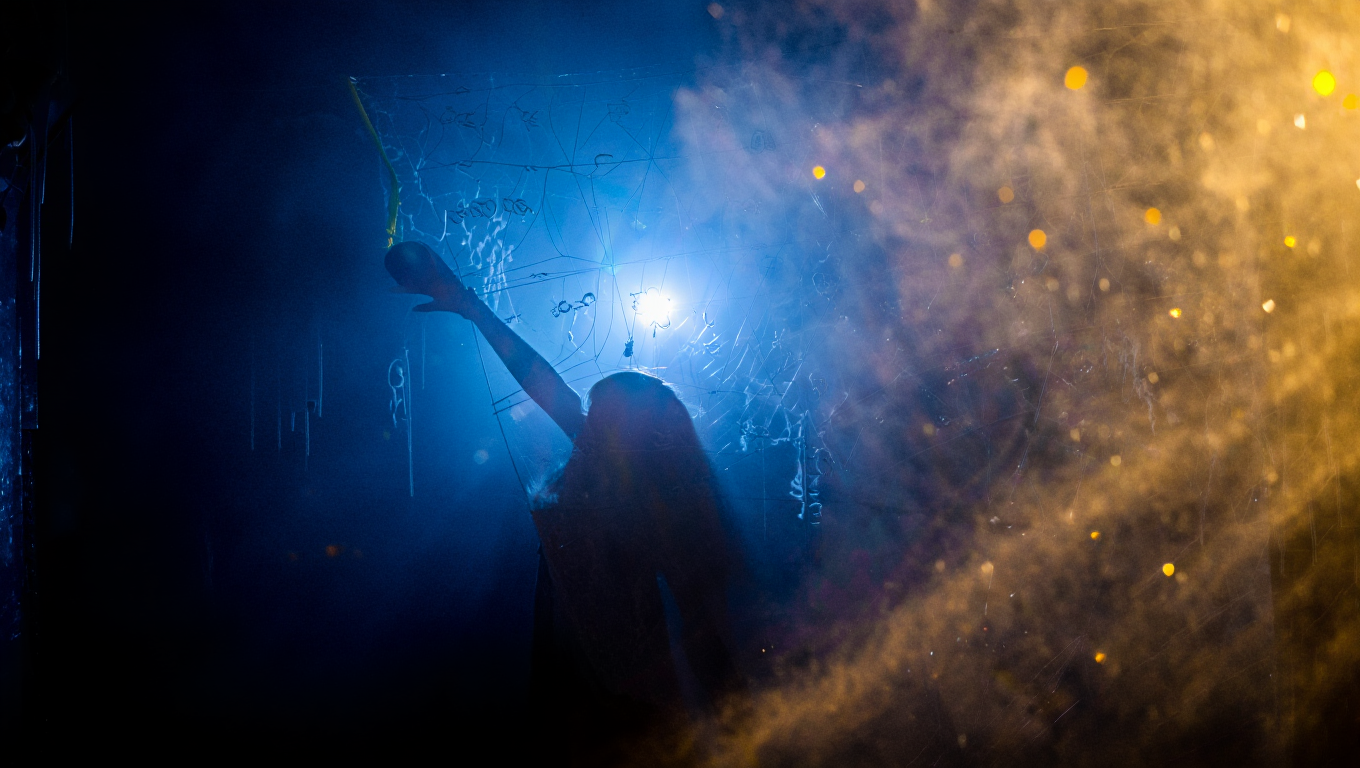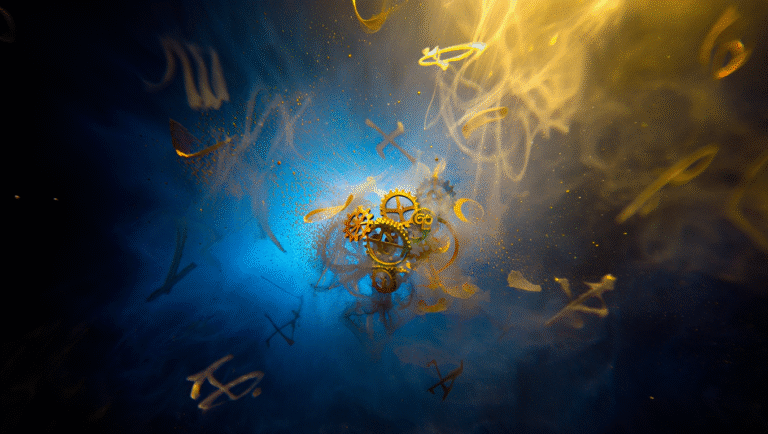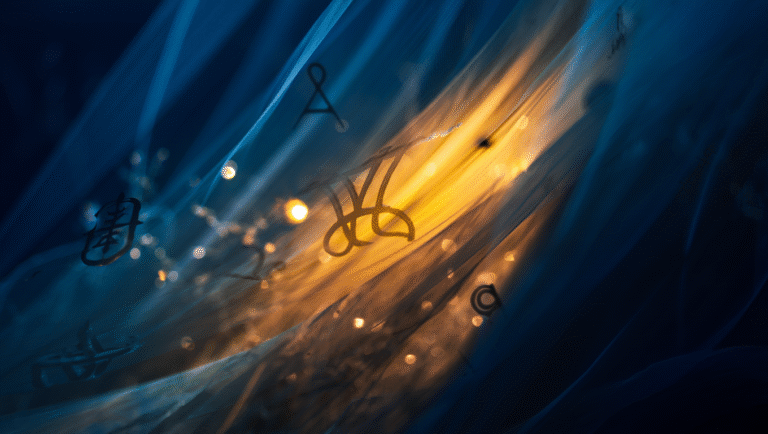Basics of Vedic Astrology (Jyotish)
Ever wondered why your astrological chart seems… off? Maybe you’re a Sagittarius in your Western horoscope, but your Vedic chart says you’re a Scorpio. If you’ve ever been curious about what Vedic astrology—also known as Jyotish—actually is, and whether it’s worth exploring, you’re in the right place. Let’s break down the essentials, compare it honestly with Western astrology, and give you a practical roadmap for getting started (or, at least, having a great conversation at your next dinner party).
What Is Vedic Astrology (Jyotish)?
Vedic astrology, or Jyotish (“science of light” in Sanskrit), is an ancient astrological system rooted in the wisdom of the Indian subcontinent. It’s been practiced for thousands of years, with texts dating back to the Vedas (around 1500 BCE).
Unlike Western astrology—which most people know from horoscopes in magazines—Vedic astrology uses a sidereal zodiac (based on actual constellations) rather than the tropical zodiac (aligned with the seasons). This key difference changes your chart entirely.
“Your Vedic chart isn’t just your Western chart with Sanskrit names—it’s a whole new map.”
Jyotish is used for everything from marriage compatibility to picking a good time for launching a project or even buying a house. But before you dive in, it’s useful to know how it’s different, why it matters, and how to use it in a practical, no-nonsense way.
Vedic vs Western Astrology: What’s the Difference?
Let’s cut to the chase: Here’s how Vedic (Jyotish) and Western astrology compare.
| Name | Key Feature | Zodiac Type | Chart Focus |
|---|---|---|---|
| Vedic (Jyotish) | Sidereal Zodiac (constellations) | Shifts over time (precession) | Moon sign & planetary periods (dashas) |
| Western | Tropical Zodiac (seasons) | Fixed to Spring Equinox | Sun sign & psychological traits |
Key Takeaways:
- Vedic astrology signs usually differ from your Western signs—often by about one sign backward.
- Jyotish is more predictive, focusing on timing (when events will happen), while Western astrology tends to be more psychological and personality-focused.
- Moon sign matters most in Vedic astrology. In Western, it’s all about your Sun sign.
A Real-World Example: My Chart Swap
Here’s a real-life case: I grew up reading Western horoscopes as a Gemini, only to discover my Vedic chart put my Sun and Moon in Taurus. This small shift explained why I always felt more practical, grounded, and less scattered than typical Gemini descriptions. It was weirdly validating—and a little disorienting!
How to Get Started with Vedic Astrology (In 15 Minutes)
Step 1: Grab Your Birth Details
You’ll need:
- Date of birth
- Exact time of birth (the closer, the better—ask your parents or check your birth certificate)
- Place of birth (city and country)
Step 2: Generate Your Chart (Free & Easy Tools)
Try one of these beginner-friendly Vedic astrology calculators:
- AstroSage Free Chart (English, easy interface)
- Vedic Astrology US Free Chart
- AstroSpeak Jyotish Chart
Just plug in your info and you’ll get a chart that looks completely different from your Western one—don’t panic! Focus on your Moon sign (“Chandra Rashi”), your Ascendant (“Lagna”), and the main planets (“Grahas”).
Step 3: Decode the Essentials
Here’s what to look at first:
- Moon Sign (Chandra Rashi): Your emotional core, the sign that describes your mind and mood.
- Ascendant (Lagna): Your outward behavior, physical body, how others see you.
- Dasha periods: These show “timing” in your life—major life phases ruled by different planets. (Most calculators will show your current dasha.)
These three are your Jyotish basics. As you get more curious, you can explore the houses (“bhavas”), nakshatras (lunar mansions), and yogas (planetary combinations), but the above is more than enough to start.
Vedic Astrology Starter Checklist (15-Minute Edition)
| Step | What You Need | Estimated Time |
|---|---|---|
| Find your birth details | Date, time (to the minute), place | 2 min |
| Pick a Jyotish calculator | Website or app (see above) | 1 min |
| Input your info | Keyboard/device | 2 min |
| Note your Moon sign, Ascendant, Dasha | Write it down or screenshot | 3 min |
| Google “Vedic astrology [your Moon sign]” | Start with basics, avoid hype | 5 min |
| Reflect on which traits fit (or don’t!) | Honest self-check | 2 min |
Total time: 15 minutes or less.
Recommended Books & Tools for Beginners
- Light on Life by Hart de Fouw & Robert Svoboda (Classic intro, no-nonsense, great for skeptics)
- The Art and Science of Vedic Astrology by Richard Fish & Ryan Kurczak (Step-by-step, clear diagrams)
- AstroSage Free Jyotish Chart (Free, robust online chart tool)
Product Comparison: Vedic Astrology Books
| Name | Key Feature | Format/Size | Price Range | Amazon Link |
|---|---|---|---|---|
| Light on Life | Clear explanations, classic text | Paperback, 360 pages | $15–$18 | See today’s deal |
| The Art and Science of Vedic Astrology | Practical, modern approach | Paperback, 530 pages | $20–$24 | Check price on Amazon |
Pros & Cons (Honest Review!):
- Light on Life: Pros: Simple, accessible, no hype. Cons: Some sections are quite traditional. Best for: Total beginners and curious skeptics.
- The Art and Science of Vedic Astrology: Pros: Step-by-step with diagrams, more modern. Cons: Somewhat dense if you’re brand new. Best for: Self-learners who like detail.
Common Myths (& What Science Actually Says)
- Myth: “Vedic astrology can predict everything, 100%.”
Reality: No astrology system is infallible. Jyotish is a symbolic map, not a magic 8-ball. Use it for self-reflection and timing, not rigid fate. - Myth: “You have to be religious to use Jyotish.”
Reality: Many modern professionals use Vedic astrology as a tool for self-awareness and decision support, with zero rituals required. - Myth: “It’s all fate, nothing you do matters.”
Reality: Jyotish emphasizes both destiny and free will. Knowing the ‘weather’ (your dasha) can help you make smarter choices.
“Astrology is not a science, but it can be a useful tool for reflection, much like a personality test or a journal.”
Vedic Astrology: Who Is It For?
Jyotish is ideal if you:
- Want to time big life decisions (career, marriage, moving, etc.)
- Are curious about alternative perspectives on your personality
- Enjoy systems and structure (charts, lists, cycles)
- Are skeptical but open to new frameworks for self-reflection
It’s not for you if you:
- Want instant, one-size-fits-all answers
- Don’t want to dig into details or learn new concepts
- Are hoping for magic spells or miracle cures
Final Thoughts & Next Steps
If you’re ready to get started, try generating your own Jyotish chart and compare it to your Western one. Notice the differences—especially your Moon sign and dasha period—and see what resonates. There’s zero risk, and you might just discover a new layer of self-awareness (or at least a fun conversation starter!).
For deeper exploration, check out the resources above, or try a session with a certified Vedic astrologer if you want a more personal touch. And remember: no astrology system should replace common sense, professional advice, or your own judgment.
Some links may be affiliate. You pay the same price, and this blog may earn a small commission.







